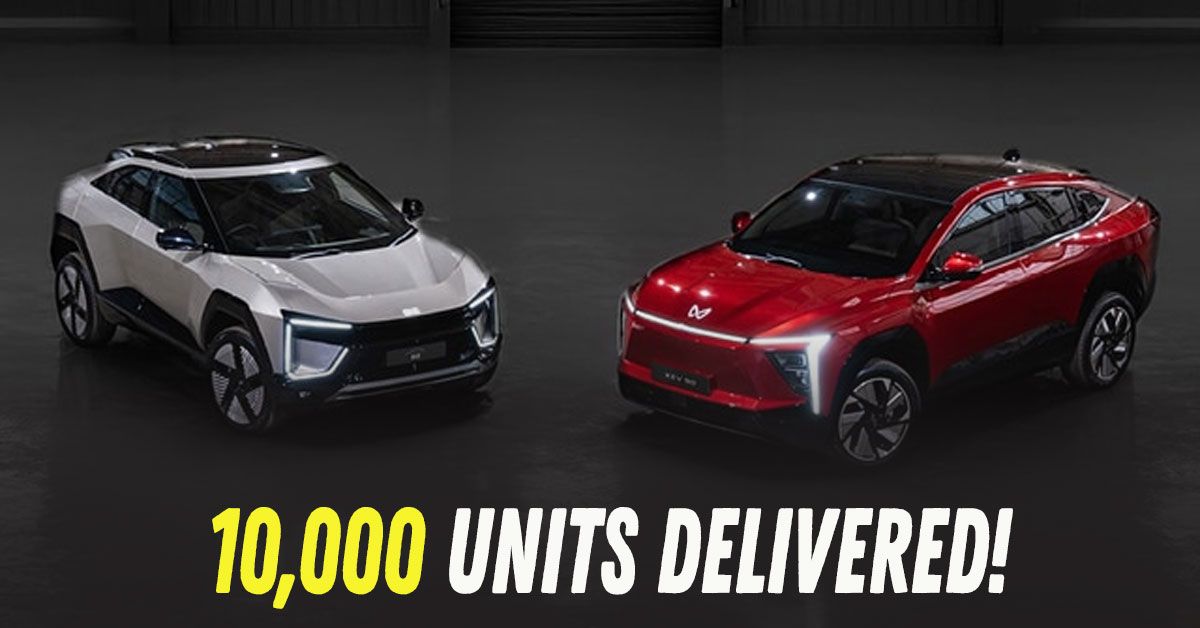BE 6 And XEV 9e Become Mahindra's Best-Selling Electric Cars


Mahindra’s electric vehicle business has reached a turning point with the BE 6 and XEV 9e emerging as the company’s strongest performers in the segment. These two electric SUVs have achieved sales and recognition that earlier Mahindra electric models never managed to secure.
Mahindra’s earlier electric efforts, including the e2o, e2o Plus, eVerito, and XUV400, never gained significant market share. They struggled with limited driving range, modest performance, and designs that failed to excite buyers. The BE 6 and XEV 9e represent a complete departure from that pattern.
From January to July 2025, Mahindra sold 23,078 units of the two models combined, accounting for 6.5 percent of the company’s record 351,065 SUV sales. In the electric passenger vehicle segment, they have delivered a 17 percent share of the 91,058 units sold in India during the same period.
The XEV 9e has consistently outsold the BE 6 by more than two-to-one margins. In the first four months of 2025, the XEV 9e sold 7,863 units compared to the BE 6’s 3,175 units. By April, the gap widened further, with 2,441 XEV 9e units sold against 550 BE 6 units.
One reason for the XEV 9e’s dominance is its unique coupe stance and proportions. It offers generous second-row space and a 663-litre boot, which appeal to family buyers. The upright seating position and overall size match the expectations of many Indian SUV customers.
Both the BE 6 and XEV 9e sit on Mahindra’s dedicated INGLO electric platform, which is a shift from the company’s earlier approach of adapting internal combustion platforms. This allows for battery packs of 59 kWh and 79 kWh, with claimed ranges between 542 km and 683 km, depending on the model and configuration.
Performance is another area where the new models have raised the bar. The BE 6 accelerates from 0-100 kmph in 6.7 seconds with a top speed of 202 kmph, while the XEV 9e matches it with a 6.8-second sprint. These figures place them alongside much more expensive petrol and diesel vehicles in terms of acceleration.
Technology and interior design have also moved forward. The BE 6 has a fighter-jet-inspired cockpit, while the XEV 9e features a triple-screen layout. Both offer advanced driver assistance systems and comprehensive connectivity features, placing them firmly in the premium bracket.
Mahindra began customer deliveries in March 2025 and scaled production quickly. The company reached 3,000 deliveries soon after launch and crossed 10,000 combined units within two months.
Strategic pricing and variant planning have also been important. Offering multiple trims and battery sizes has allowed Mahindra to reach different customer segments without diluting the premium image. The BE 6 appeals to those seeking bold design and high performance, while the XEV 9e draws in buyers looking for space and a more traditional SUV layout.
Positive reviews for build quality, driving performance, and features have reinforced the models’ appeal. Encouraged by the response, Mahindra is planning additional variants and increasing production capacity.
The success of the BE 6 and XEV 9e shows that Mahindra can compete in the electric SUV space when the products are designed as EVs from the outset and address customer priorities on range, performance, space, and technology. It is a shift that could define the company’s electric strategy for the years ahead.